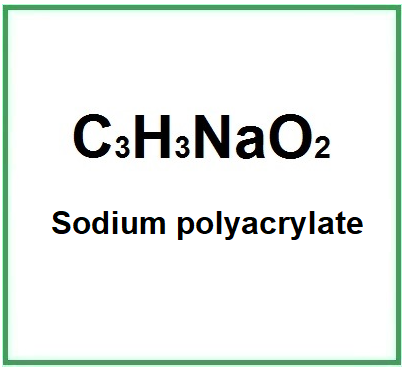Check the ingredients!
... live healthy!


![]() Poliacrilato di sodio
Poliacrilato di sodio
Rating : 7
| Evaluation | N. Experts | Evaluation | N. Experts |
|---|---|---|---|
| 1 | 6 | ||
| 2 | 7 | ||
| 3 | 8 | ||
| 4 | 9 | ||
| 5 | 10 |
10 pts from FRanier
| Sign up to vote this object, vote his reviews and to contribute to Tiiips.Evaluate | Where is this found? |
| "Descrizione" about Poliacrilato di sodio Review Consensus 10 by FRanier (9976 pt) | 2023-Jul-27 16:05 |
| Read the full Tiiip | (Send your comment) |
Sodium polyacrylate (Sodium acrylate) is a water-soluble, high molecular weight compound with high rigidity and viscosity in its aqueous solution.
It is the sodium salt of acrylic acid. It's often used as a monomer in the production of superabsorbent polymers, like sodium polyacrylate, which are employed in applications such as diapers and sanitary napkins.
The name describes the structure of the molecule -
Description of raw materials used in production -
Synthesis process -
What it is for and where
Cosmetics
Absorbent. Absorbs substances dispersed or dissolved in aqueous solutions, water/oil, oil/water.
Binder agent. Ingredient that is used in cosmetic, food and pharmaceutical products as an anti-caking agent with the function of making the product in which it is incorporated silky, compact and homogenous. The binder, either natural such as mucilage, gums and starches or chemical, may be in the form of a powder or liquid.
Skin conditioning agent - Emollient. Emollients have the characteristic of enhancing the skin barrier through a source of exogenous lipids that adhere to the skin, improving barrier properties by filling gaps in intercorneocyte clusters to improve hydration while protecting against inflammation. In practice, they have the ability to create a barrier that prevents transepidermal water loss. Emollients are described as degreasing or refreshing additives that improve the lipid content of the upper layers of the skin by preventing degreasing and drying of the skin. The problem with emollients is that many have a strong lipophilic character and are identified as occlusive ingredients; they are oily and fatty materials that remain on the skin surface and reduce transepidermal water loss. In cosmetics, emollients and moisturisers are often considered synonymous with humectants and occlusives.
Emulsion stabiliser. Emulsions are thermodynamically unstable. Emulsion stabilisers improve the formation and stability of single and double emulsions. as well as their shelf-life. It should be noted that in the structure-function relationship, the molar mass of the ingredient used plays an important role.
Film-forming agent. It produces, upon application, a very thin continuous film with an optimal balance of cohesion, adhesion and stickiness on skin, hair or nails to counteract or limit damage from external phenomena such as chemicals, UV rays and pollution.
Hair fixative. This ingredient has the ability to create, with its protective film, stiffness and hold in the hair, and also has the ability to form, with its hydrophilic and elastic properties, bonds between the hair fibres, to keep the hair in a particular shape for a certain time. In short, it allows physical control of the hairstyle.
Skin conditioning agent. It is the mainstay of topical skin treatment as it has the function of restoring, increasing or improving skin tolerance to external factors, including melanocyte tolerance. The most important function of the conditioning agent is to prevent skin dehydration, but the subject is rather complex and involves emollients and humectants that can be added in the formulation.
Viscosity control agent. It controls and adapts, Increasing or decreasing, viscosity to the required level for optimal chemical and physical stability of the product and dosage in gels, suspensions, emulsions, solutions.
Applications
Superabsorbent Materials - Used in baby diapers, incontinence products, and feminine hygiene products due to its ability to absorb large amounts of liquid.
Water Treatment - Acts as a flocculating agent, helping to remove impurities from water.
Agriculture - Used to enhance water retention in soils, particularly in arid areas or under drought conditions.
Controlled Release - Can be utilized in controlled release systems for drugs or other substances.
Medicine
Studies
Industry
Self-healing solid-state aqueous rechargeable NiCo||Zn batteries are inherently safe and have a high energy density and mechanical robustness. However, the self-healability of solid-state batteries has only been realized by a few studies in which electron/ion-inactive self-healable substrates are utilized. This arises from the lack of self-healable electrolytes. Now an intrinsically self-healing battery has been designed that utilizes a new electrolyte that is intrinsically self-healable. Sodium polyacrylate hydrogel chains are crosslinked by ferric ions to promote dynamic reconstruction of an integral network. These non-covalent crosslinkers can form ionic bonds to reconnect damaged surfaces when the hydrogel is cut off, providing an ultimate solution to the intrinsic self-healability problem of batteries. As a result, this NiCo||Zn battery with this hydrogel electrolyte can be autonomically self-healed with over 87 % of capacity retained after 4 cycles of breaking/healing. (3).
Other uses
In detergents, which has the function of thickener, it has the characteristic of binding to magnesium and calcium, favoring the action of surfactants.
Typical optimal commercial product characteristics Sodium acrilate liquid
| Appearance | Colourless, viscous liquid. |
| Boiling Point | 141ºC at 760 mmHg |
| Melting Point | >300 °C |
| Flash Point | Flash Point |
| PSA | 40.13000 |
| pH | 6.0-8.0 |
| Purity | 18±0.5 |
| Density (20℃)g/cm3 | 1.150 |
| Free monomer (CH2=CH-COOH) | % ≤0.5 |
| Safety |  |
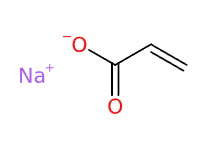 | 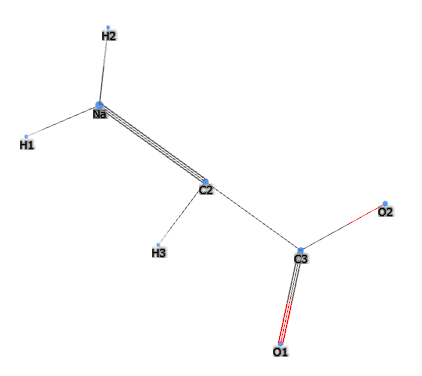 |
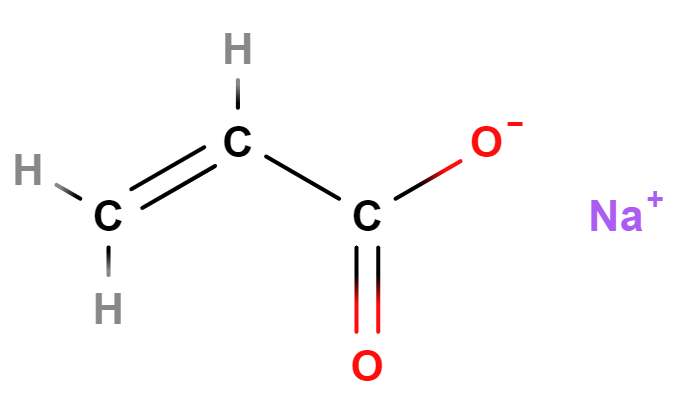 | 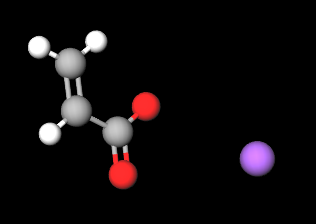 |
Synonyms :
References___________________________________________________________________
(1) Nakamura K, Ozawa Y, Furuta Y, Miyazaki H. Effects of sodium polyacrylate (PANa) on acute esophagitis by gastric juice in rats. Jpn J Pharmacol. 1982 Jun;32(3):445-56.
(2) Falk K, Lindman B, Bengmark S, Larsson K, Holmdahl L. Sodium polyacrylate potentiates the anti-adhesion effect of a cellulose-derived polymer. Biomaterials. 2001 Aug;22(16):2185-90.
(3) Huang Y, Liu J, Wang J, Hu M, Mo F, Liang G, Zhi C. An Intrinsically Self-Healing NiCo||Zn Rechargeable Battery with a Self-Healable Ferric-Ion-Crosslinking Sodium Polyacrylate Hydrogel Electrolyte. Angew Chem Int Ed Engl. 2018 Jul 26;57(31):9810-9813. doi: 10.1002/anie.201805618. Epub 2018 Jul 5
| Sign up to vote this object, vote his reviews and to contribute to Tiiips.EvaluateClose | (0 comments) |
Read other Tiiips about this object in __Italiano (1)
Component type: Chemical Main substances: Last update: 2023-07-27 15:57:45 | Chemical Risk: |

